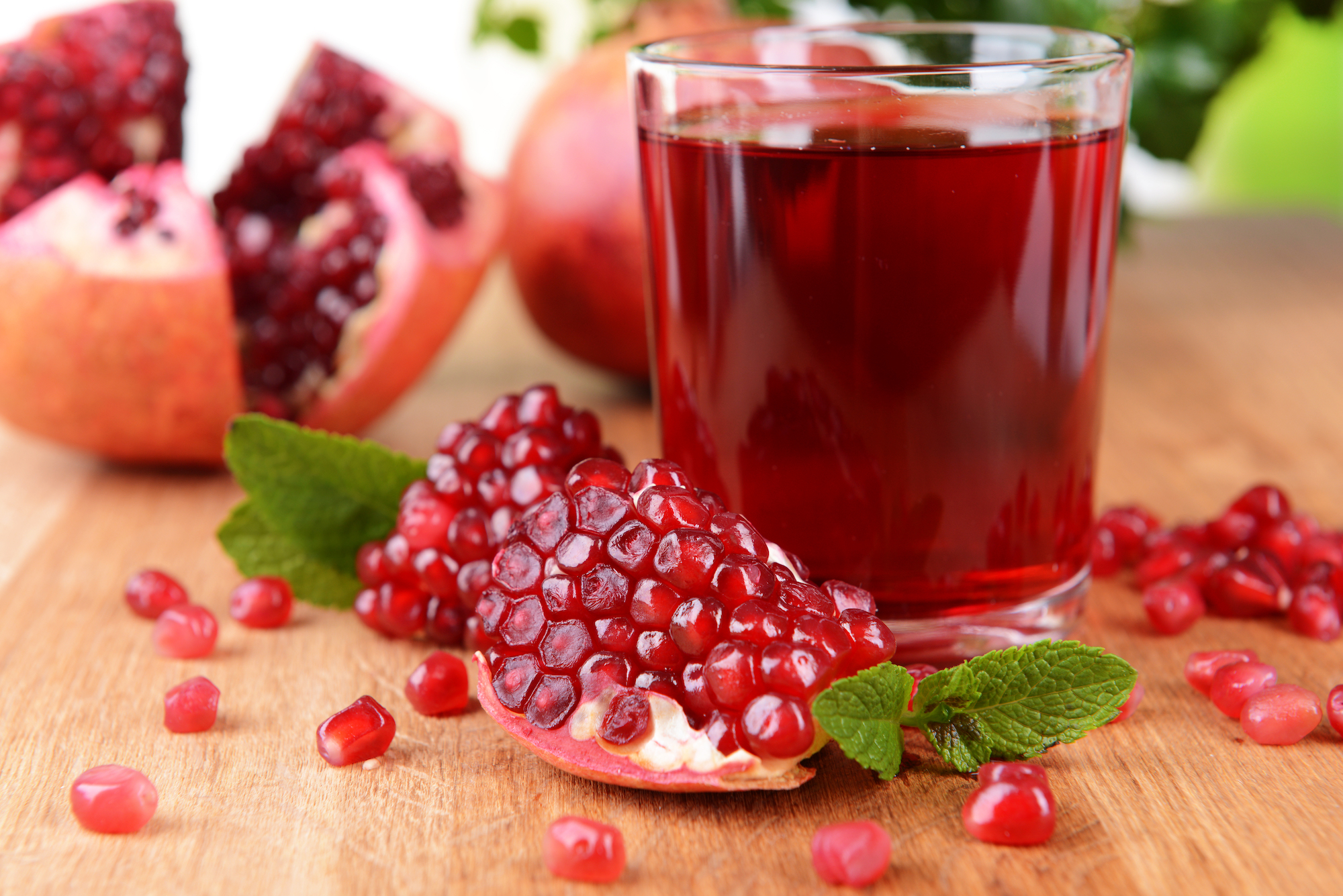
Photo Credit
Maxpro
Subhead
Plant, Grow, and Harvest Your Own Pomegranates
Read Next
Types
With many varieties available, including dwarf options from some vendors, choose one that suits your growing zone, space limitations, and desired fruit size.
- ‘Wonderful’ is a hugely popular variety, with large crops and bright red ripe fruit.
- ‘Salavatski’ is cold hardy in Zones 6 to 10. It produces medium-sized pink fruit with pink arils.
- ‘Utah Sweet’ has lighter, apricot-colored arils instead of the deep red of ‘Wonderful’ or other varieties.
Gardening Products
More Like This
I just bought two pomegranate trees that are very small (only about 1ft tall) and I was going to plant them this week but noticed now that the leaves on the bottom branches are turning yellow. I live in Southern Cali and it's now November so I am wondering if the leave are turning because it is fall or if the trees need to be fed. I wanted to figure this out before I plant them in the ground. Thanks.
We have three beautiful trees. One has never even had a bloom. Another just a few blooms. The third has many blooms and begins to fruit but never grows big enough to produce a fruit. The trees are still fairly young-about 3 years old. Was wondering if you had any thoughts about this problem and what should we do. We live in north Florida and the growing area is 9












Comments